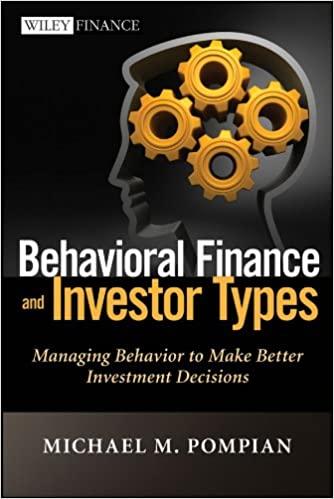Question
Use the money market with the general monetary model, and foreign exchange (FX) market to answer the question. The question considers the relationship between the
Use the money market with the general monetary model, and foreign exchange (FX) market to answer the question. The question considers the relationship between the Australian dollar ($) and the U.K. British pound (pound). In Australia, the real income Y($) is 10.0 trillion, the money supply M($) is $20.0 trillion, the price level P($) is $4.0, and the nominal interest rate i($) is 5.0% per annum. In the U.K., the real income Y(pound) is 20.0 trillion, the money supply M(pound) is 20.0 trillion pounds, the price level P(pound) is 2.0 pounds, and the nominal interest rate i(pound) is 5.0% per annum. These two countries have maintained these long-run levels. Thus, the nominal exchange rate E($/pound) has been 2.00. Note that the uncovered interest parity (UIP) holds all the time and the purchasing power parity (PPP) holds only in the long run. Assume that the new long-run levels are achieved in 1 year from any permanent changes in the economies. Now, today at time T, the real income of Australia, Y($), rose to 10.1 trillion, by 1.0%, permanently . With the increase of the real income in Australia, the Australian interest rate rose to 6.0% per annum today. Assume that Y(pound), M($) and M(pound) do not change at all. Using the exact equations of the money market equilibrium condition, the uncovered interest parity and the purchasing power parity, calculate the exchange rate today , E($/pound) (rounding to 2 decimal places), right after the increase of the real income in Australia. Show all working to get full marks.
Step by Step Solution
There are 3 Steps involved in it
Step: 1

Get Instant Access to Expert-Tailored Solutions
See step-by-step solutions with expert insights and AI powered tools for academic success
Step: 2

Step: 3

Ace Your Homework with AI
Get the answers you need in no time with our AI-driven, step-by-step assistance
Get Started


